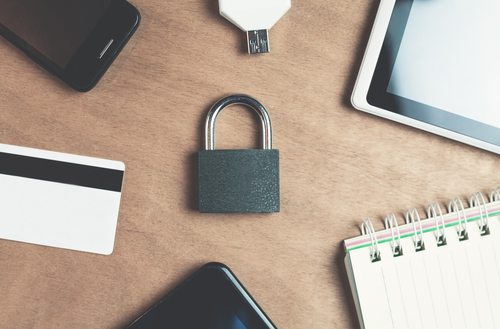Three Ways to Protect Your Privacy When You Travel
(June, 2019)
In today’s world of advanced technology it’s important to protect your privacy when you travel. If you’ve ever used a laptop, cellphone or credit card, then you’ve shared countless amounts of data that could be used negatively if in the wrong hands. Fortunately, there are three simple steps you can take to assure business data and belongings remain secure.
1. Make Sure You’re Up-to-Date
As technology improves so should your security features. Make sure your software and apps are updated and that antivirus protection is enabled. All devices you use should be passcode protected and two-factor verified when possible. This proactive security check will protect sensitive information, making it difficult for hackers to access your accounts.
2. Limit Access to Data
Some data breaches are unavoidable, but that doesn’t mean you can’t control the type of information you give. Consider limiting access to personal information by providing a P.O. Box instead of a street address when asked. Protect credit card information by keeping cards in an RFID wallet and never leave receipts around. Don’t broadcast your location on social media and consider a virtual private network to protect your data in public Wi-Fi hotspots.
3. Protect Visual Privacy
Visual hacking is a common occurrence and according to a recent Global Visual Hacking Experiment completed by Ponemon Institute, 91% of visual hacking attempts are successful. Visual privacy is at risk globally and business travelers become vulnerable by working with unprotected computer screens, business documents and smartphones in plain sight. While in public spaces such as coffee shops, hotels and airports, travelers should seek out areas that provide the most privacy from prying eyes. Consider investing in an attachable privacy filter to shield confidential information from your laptop or tablet.
As data sharing grows, we must remember the many opportunities available to protect against security and data threats.




Leave a Reply
Want to join the discussion?Feel free to contribute!